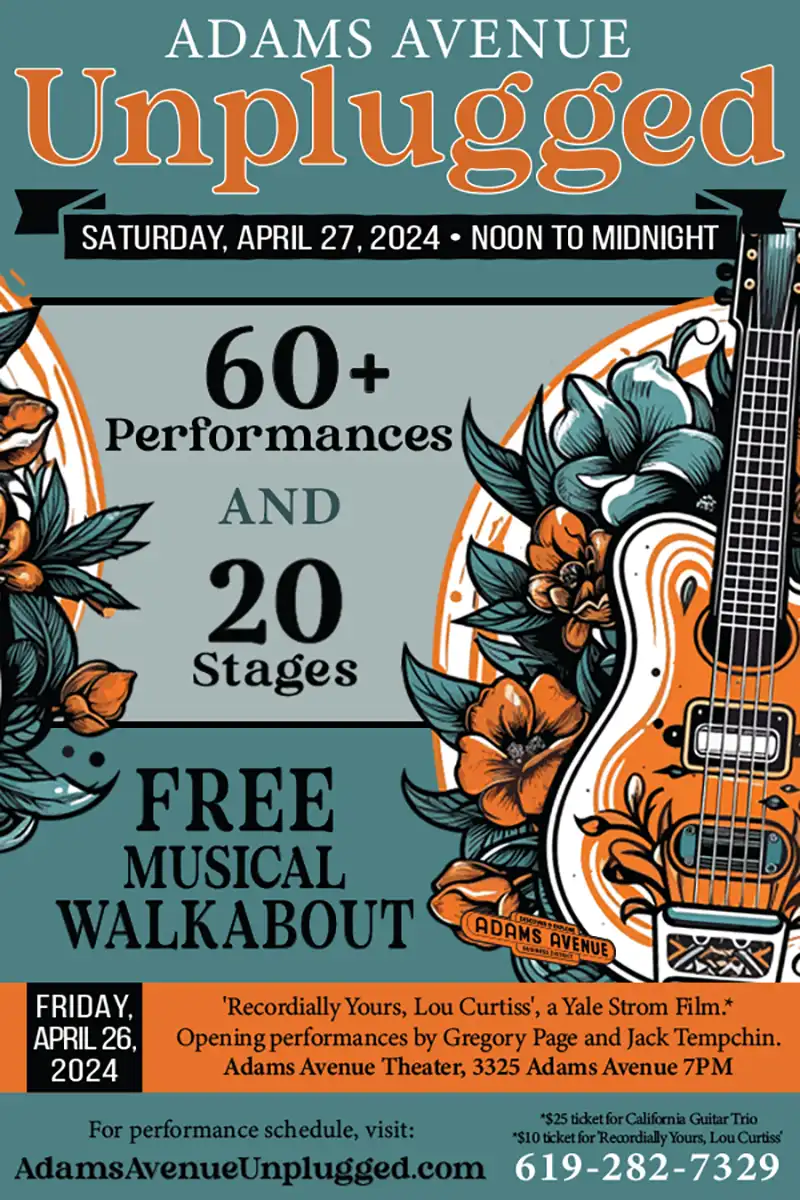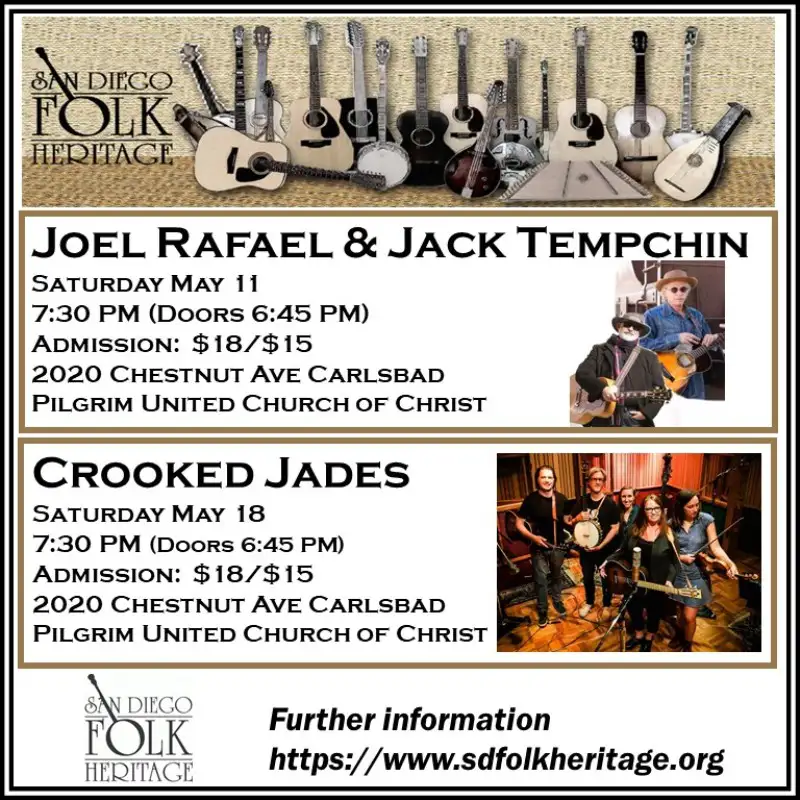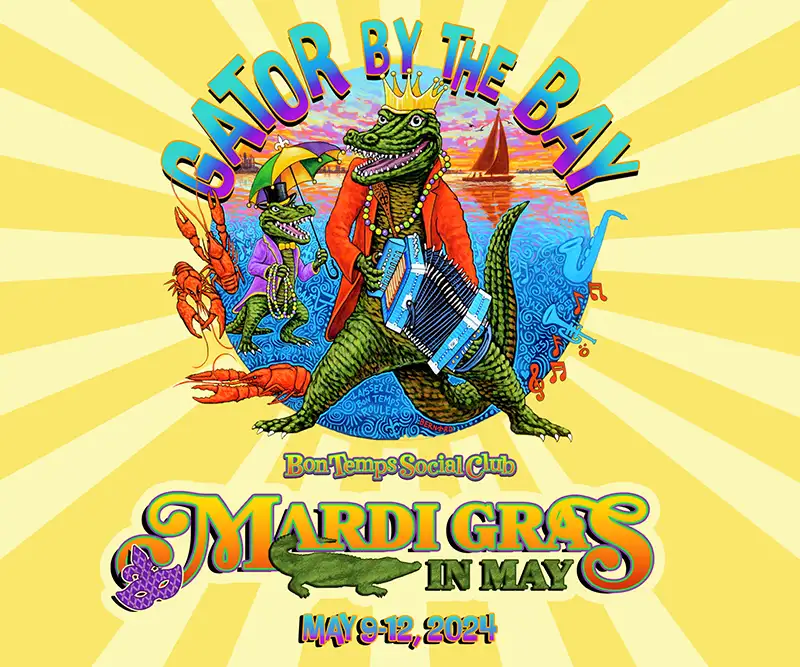Featured Stories
Fest to Celebrate Those Cool And Crazy Beats
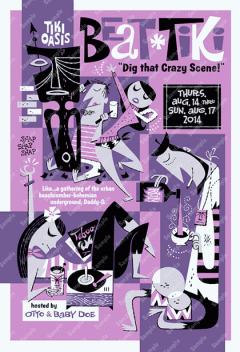
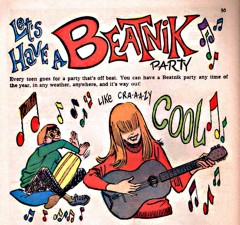
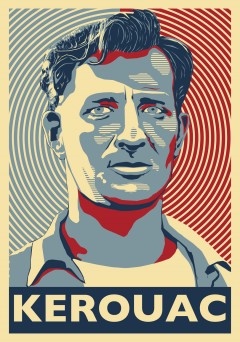
Taking his stream of consciousness literally, writer Jack Kerouac composed the first draft of On the Road in just three weeks in April, 1951. With some handy scissors and tape, Kerouac trimmed down a scroll of tracing paper (120 feet in length) to manuscript dimensions, abandoning the writing format norms of proper spacing and paragraph breaks. On the evening of October 7, 1955, one of Kerouac’s contemporaries, Allen Ginsberg, read his poem, “Howl,” before a full room at the Six Gallery in San Francisco. He began with the following verse: “I saw the best minds of my generation destroyed by madness, starving hysterical naked.”
Kerouac, Ginsberg, William Burroughs, Neal Cassady, William Carlos Williams, Lawrence Ferlinghetti, and many other literary giants provided the words and image for the post-World War II phenomenon of the Beat Movement. If F. Scott Fitzgerald and Ernest Hemingway captured the restlessness of World War I’s “lost generation,” the Beats rejected the conformity and the snug suburbia visions of the Truman and Eisenhower administrations. They must have also enjoyed tremendous satisfaction seeing the “squares” (in this case, the mainstream American press) endlessly speculate over exactly what “beat” meant. Was it an expression of exhaustion, as in “Man, am I beat.”? Or did it relate to the “beatitudes,” the view expressed by Kerouac, the life-long Roman Catholic?
The Beat Movement would open up the gates to other alternative lifestyles, most notably the Hippies of the ’60s (although the argument could be made that the hippie literary output paled in comparison to the Beats in terms of quality and sheer volume). Others were reluctant to embrace the Summer of Love and Woodstock, most notably a young Tom Waits from National City. Waits kept the porch light on for the Beats on his first seven albums before surprising critics and his fan base with the unanticipated eccentricity of Swordfishtrombones in 1983.
This month, tropical island escapism will meet Greenwich Village Bohemian when Tiki Oasis celebrates “Beat-Tiki,” a weekend where bongos mix with ukuleles and espresso bars with thatch huts. The party begins on Thursday night under the stars at Shelter Island’s Bali Hai, followed by three days and nights at the Hanalei Hotel in Mission Valley. Since it’s a celebration of a literary movement, the symposiums could very well be the events where one can sit, relax, and connect with the inner beret-wearing self.
Duke Weiss will be presenting “DIG IT! On The Road to Beat Tiki,” an overview of the literary movement, favorite beat haunts and the jazz music scene. In 2013, Weiss was the moderator for “Steelin’ Home: The Roots of Hulabilly,” an explanation of the impact Hawaiian music had on mainland roots music. If this year’s presentation is as meticulously researched as last year’s program, it will be one of the must-see events of the weekend. Heather David and Darren Bradley will take on to the enchanted world of “CaliTiki,” the Golden State’s postwar obsession with Tiki architecture in hotels, restaurants, bars, and apartments. “I’ve been attending Tiki Oasis since its inception in Palm Springs many years ago, and have always been a huge fan,” said Bradley, who lives in San Diego and is an architectural photographer. “But the emphasis is always on the culture, the music, the cocktails, the clothing, the art, the lifestyle, etc… the architecture hasn’t traditionally received as much focus or interest, even though that’s the part I love the most. Heather and I hope to increase awareness and appreciation, although admittedly we’re probably preaching to the choir with this crowd.”
Originally born in Honolulu, Bradley found a vibrant Tiki spirit when he later moved to San Diego. “During that time in the ’70s and even early ’80s Tiki was still everywhere and pretty much the de facto style — in both cities. We had giant carved tikis in our backyard growing up, and every mall, restaurant, and public space had Polynesian carvings. Even Sea World and the San Diego Zoo were full of Tiki modern architecture. My parents loved to go out for drinks and dinners, and it seemed like every place we went, I would get served a Shirley Temple in a tiki mug. And what’s more, they all had exotic gardens to explore while my parents were having their boring adult conversations. And giant A-framed buildings lit with tiki torches. All of these things just evoke a time for me when the world was a safer, happier, and more naive (at least to me) place. I miss that. The Half Moon Inn and Humphrey’s are my favorite examples in San Diego, because of how intact they are, and just how exotic they seem, even today. It’s a fantasy come to life. I can’t believe that a place like that is even allowed to exist in today’s world, where generic cookie-cutter buildings are the norm, and design decisions are made strictly on the basis of keeping upkeep costs low.”
Heather David is a cultural historian and author from the Bay Area. She shares Darren Bradley’s enthusiasm: “Darren and I will be leading a visual road trip from Northern California to Southern California with stops at post-war Polynesian-themed bars, restaurants, apartment buildings, housing complexes, motels, hotels, bowling alleys, and liquor stores. Darren and I have a shared enthusiasm for modern architecture and Tiki popular culture. CaliTiki is the best of both worlds. Recently, we collaborated on an article called ‘ALOHA — Welcome to San Diego’ for the Society for Commercial Archeology. San Diego — and more specifically, Shelter Island — had [and still has], arguably, the highest concentration of this type of architecture in the United States. A reasonable case could be made for it being a registered historic district. Modern Tiki architecture represents a unique period in U.S. history, a time of great optimism… the end of a war, and a celebration of a future with [seemingly] endless possibilities. The exotic and the unusual was accessible to the masses — a tropical getaway just down the street (or at your doorstep!). We’d like to continue the celebration.”
And what kind of Beat gathering would it be without bongo players? Tiki Oasis will be having an interview with one of the most famous percussionists in recording history, Preston Epps. The Oakland native recorded his intoxicating rhythm for eternity in 1959 with “Bongo Rock,” a top ten smash Epps had achieved on Art Laboe’s Original Sound label. A traveling road version of the Beat Museum in North Beach will be coming to this year’s fest, with curator Jerry Cimino presenting rare photos, first editions, and original manuscripts. “Cafe LA: The Beat Generation” will showcase over 500 images of the thriving Beat scene in Southern California. This will be a collaboration between Domenic Priore and Brian Chidester, two authors who worked on the critically lauded book, Pop Surf Culture — Music, Design, Film, and Fashion from the Bohemian Surf Boom. Priore, a former Carlsbad resident, explained how the Beat Scene in LA was different from Greenwich Village and San Francisco. “The main difference is that the Beat scene in New York and San Francisco was primarily concentrated into places like Greenwich Village and North Beach, whereas in Los Angeles, it was spread out geographically to all these different neighborhoods in what we knew then as the Greater Los Angeles area,” said Priore. “Before traffic made it impossible to ‘get around’ as depicted in the 1964 Beach Boys hit, Angelenos didn’t acknowledge borders such as Ventura County or Orange County, so you’d get some of your best Beat locations in places like the Noctambulist in Santa Barbara or Cafe Frankenstein in Laguna Beach. In between those, you had Bob DeWitt’s in Topanga Canyon, Sid’s Blue Beet in Newport Beach, and of course jazz joints like the Lighthouse in Hermosa Beach or Shelly’s Manne-Hole in Hollywood. The diversity of said neighborhoods, with Venice and the Hollywood area acting as relative ‘centers,’ brought in a myriad of different ideas in to the collective whole.”
One symposium event will be a celebration of the grand old lady herself, the Hanalei Hotel. In his presentation, “The Untold Story: The Eighteen Year Metamorphosis of the Hanalei Hotel,” local architect John Mock will explain the trials and triumphs that he personally witnessed in the resort’s long history. Tiki Oasis attendees who wish to learn more about the true-life nature boy behind the Nat King Cole ballad, “Nature Boy,” will have the chance when Brian Chidester presents “Eden Ahbez: Hollywood Barefoot Bohemian and Exotica Pioneer.” Ahbez, a free spirit if there ever was one, was an important link between the Beats and the free love movement of the flower children.
Live music will still be a big part of Tiki Oasis 14. Oceanside’s Davie Allan (with his backing group, the Arrows) will perform his famous soundtrack music from his time with American International teen exploitation films. Robert Lopez, an original member of San Diego’s pioneer punk band, the Zeros, will dawn his cape and perform as his alter ego El Vez, a Latin take on Elvis with topical political commentary thrown in for good measure. San Diego’s Jason Lee and the Rip-Tides will play old school surf music.
On Sunday night, Mike and Anja Stax from the San Diego-based Ugly Things fanzine will play vinyl from their vast collection before hitting the stage of the Grand Ballroom with their band, the Loons. Also on the bill will be LOVE Revisited (with Johnny Echols) and the Standells of “Dirty Water” fame. This will be a meeting of the Beat Movement and garage rock. But didn’t most bongo rehearsals take place in a garage?
The party starts on Thursday evening, August 14, under the stars at Shelter Island’s Bali Hai, followed by three days and nights at the Hanalei Hotel, 2270 Hotel Circle N. For ticket information and the complete schedule, go to: www.tikioasis.com.


